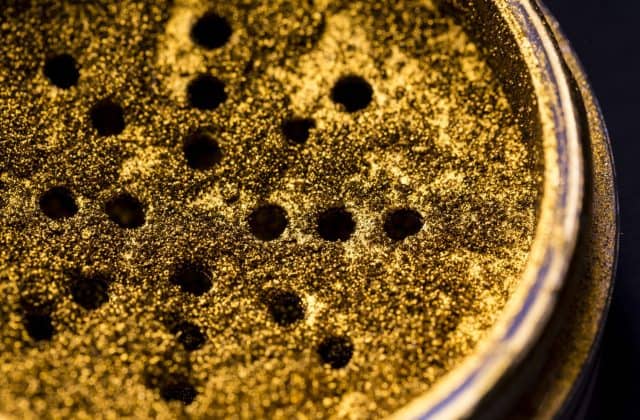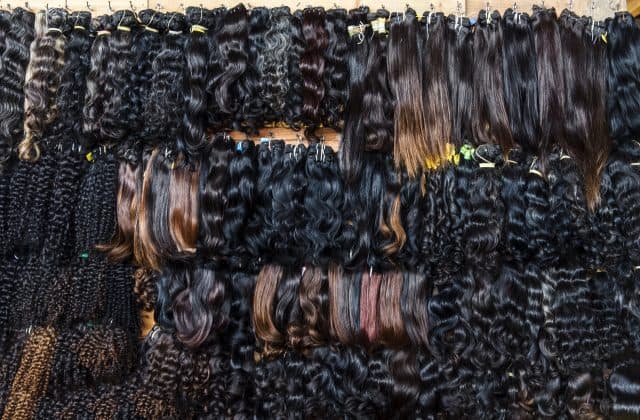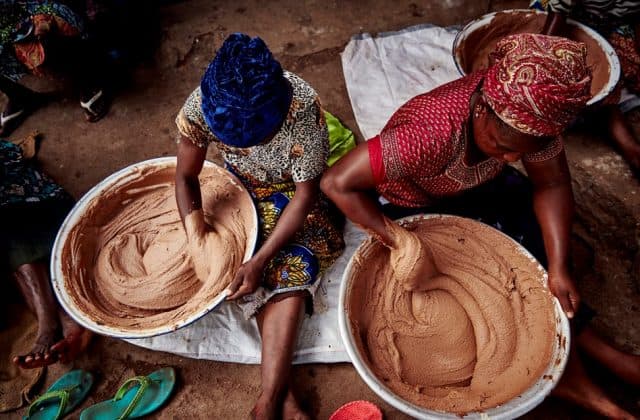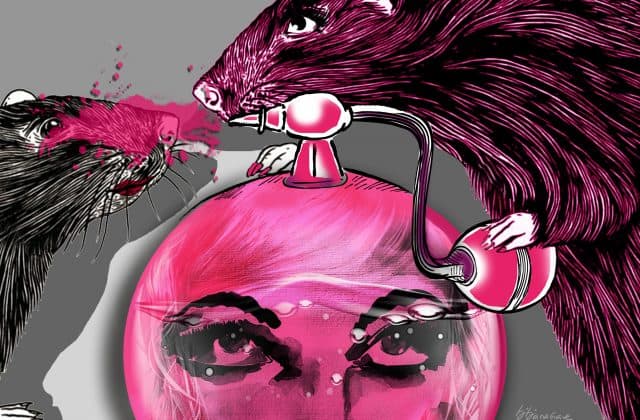W hat many are unaware of…
Mica is the name given to a mineral which adds a sparkle to products. Known as “Leucita” or “CI 77019” on the label of our packaging, it is used in numerous industries, from automotive paints, toothpaste and mainly cosmetic products.
India is the world’s largest producer of mica and it covers 60% of global production. Most mica mines are concentrated in the northeastern states of Jharkhand and Bihar where the majority of the population still lives below the poverty line. It is very difficult to find regular and stable employment in these areas, health care and education are largely absent and, as a result, families resort desperately to other sources of income: illegal mining.
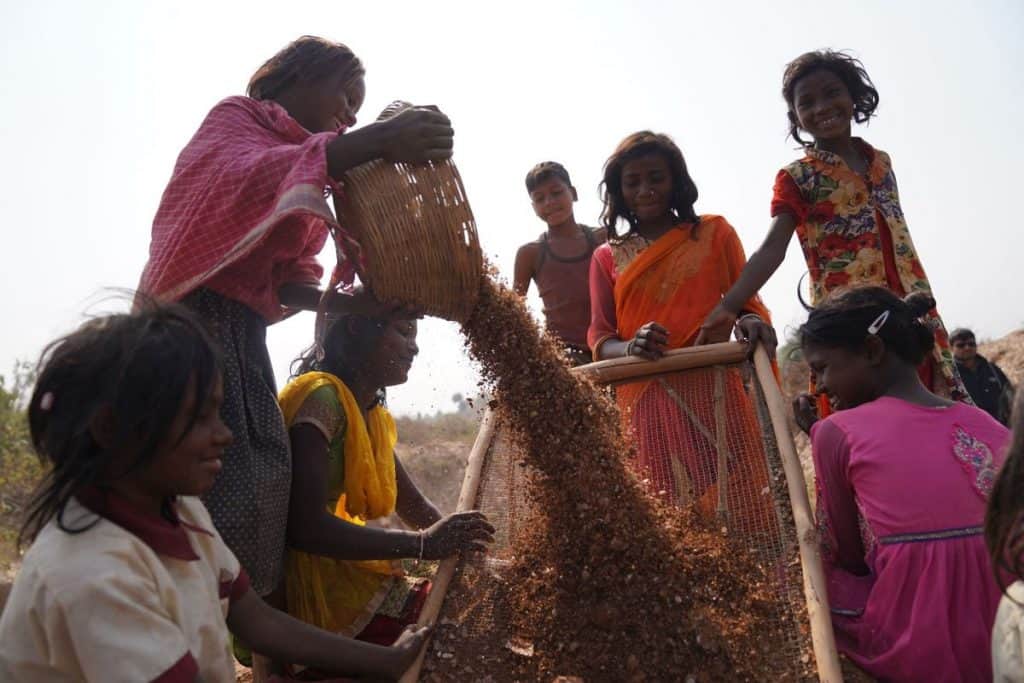
Experts estimate that approximately 70% of mica production in India is the result of illegal mining in abandoned forests and mines.
“It is estimated that about 22,000 children, with an average age of 8, work every day in mica mines where they risk being injured, paralyzed or even dead.
“All for only 20-30 rupees per day of work (0.28 to 0.42USD). “
What is the best way to control this type of exploitation?
In January 2018, LUSH brand introduced the use of synthetic mica in its components in order to have a more strict control of the origin of this product.
Gabbi Loedolff of LUSH Creative Purchasing Team reveals that “synthetic mica has brighter colors and, being synthesized in the laboratory, it’s is very pure in quality, not contaminated by the heavy metals that natural mica may have.”
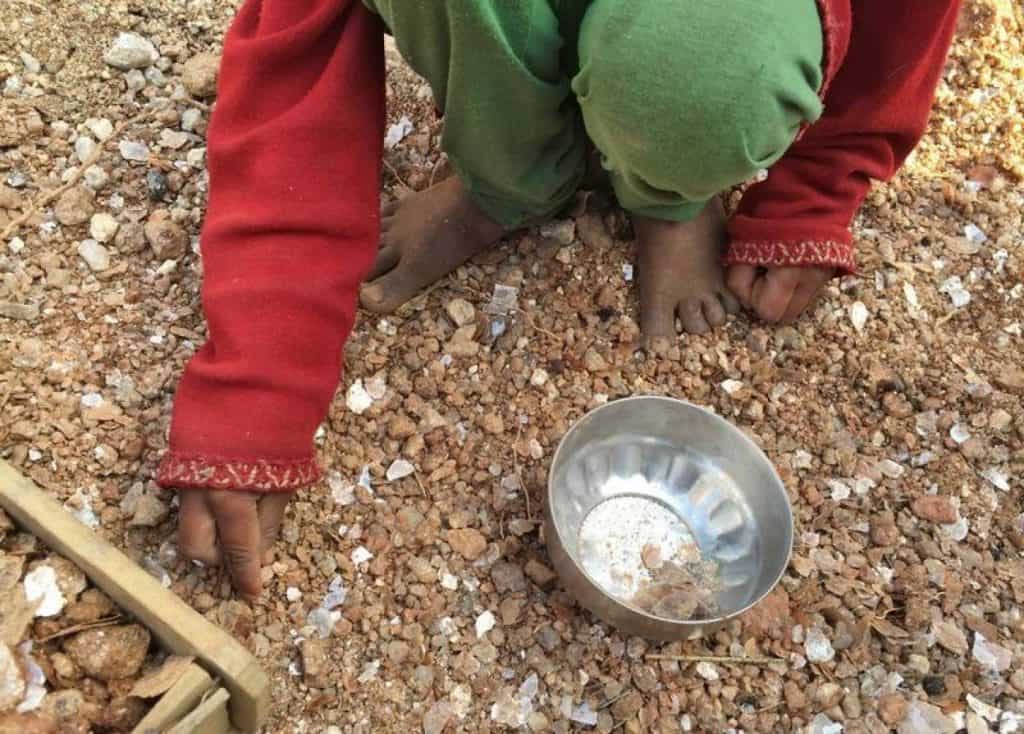
As for the approach of companies such as L’Oréal, The Body Shop and Estée Lauder Companies, it stands out in the fight against the exploitation of the ”children of Mica”, having another type of goal, since this way, it is one of the subsistence means of numerous families in those places; completely canceling the use of natural mica, such an initiative could be more detrimental to the economy and these people’s lives.
These companies commit to buying Mica from vendors who purchase the product from closed, independently verified mines where children are not present.
The above mentioned brands are present at the Responsible Mica Initiative(RMI), an association that acts as a bridge between businesses and communities so that it can positively impact both the environment and the lives of these children.
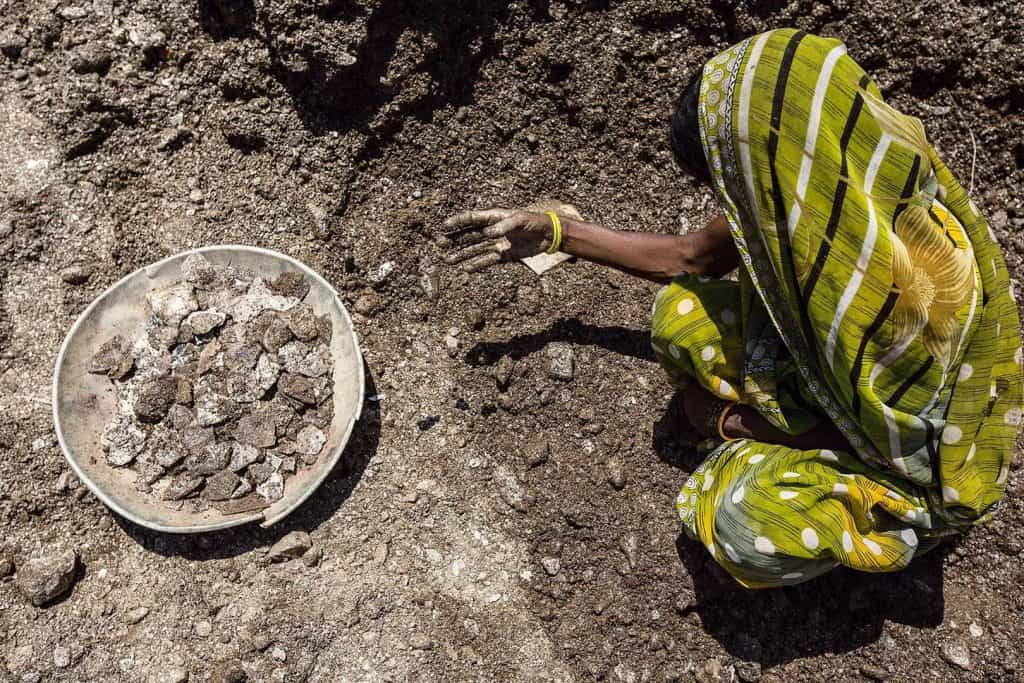
Regardless of the cosmetic products we use, it is up to each of us to make a conscious purchase because the responsibility of our actions – which can have a positive or negative impact – depending on the choices we make.
We end up being responsible for the lives of these children with the unbridled consumerism that often moves us. So nothing like being more awake, informed and attentive to what surrounds us.
And this way, we will contribute to a better world.
© Refinery29
